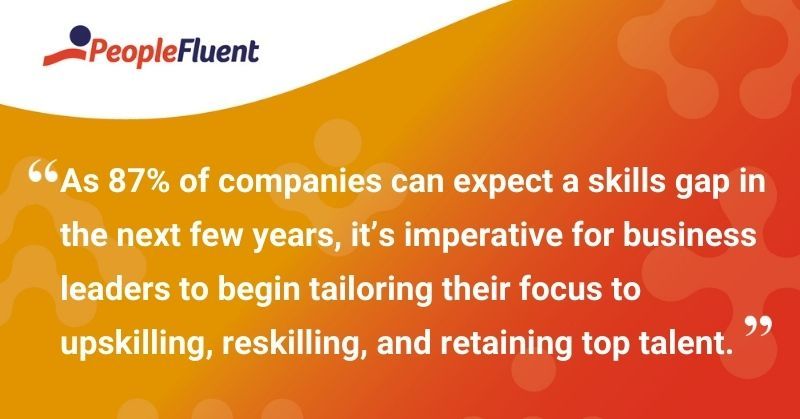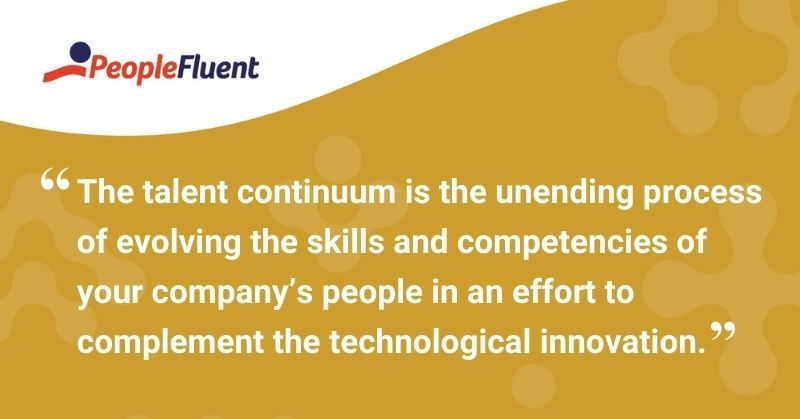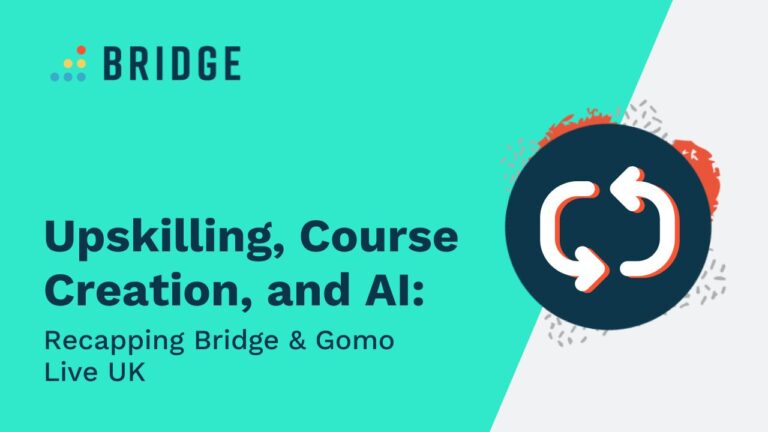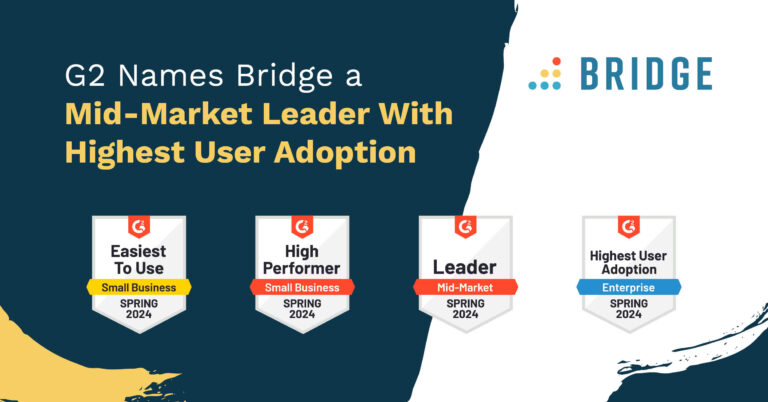As business leaders and workers develop new ways to overcome the challenges of working under lockdown, there’s been no shortage of analyst reports and predictions. While there are no clear answers on what workforces will look like after the pandemic is over, enterprise companies can still make proactive progress in these unprecedented times. We’ve compiled five things that HR professionals can do to ensure a modern talent journey in their organizations. Using talent mobility solutions to enhance workforce agility, and taking a human approach, businesses can overcome the present and future challenges imposed by the COVID-19 pandemic—all while maintaining a competitive advantage.
1) Redesign HR Processes to Meet Worker Expectations
As 87% of companies can expect a skills gap in the next few years, it’s imperative for business leaders to begin tailoring their focus to upskilling, reskilling, and retaining top talent. Creating a clear path for employees to help them reach their goals can elicit big results for business leaders, HR professionals, and overall business results.
One of the biggest shifts is an increased need for flexibility in work environments, as well as employees wanting more control over their schedules. Even after the pandemic is over, 83% of US workers have expressed interest in working from home at least once per week. When businesses can meet this expectation, it signals that they are willing to practice the give-and-take that’s needed in a successful relationship.
YOU MIGHT ALSO LIKE | ‘Upskilling vs. Reskilling: Understanding the Differences and Their Role in Talent Mobility’

2) Increase Your Focus on Talent Mobility
According to Gartner’s ‘2020 Employee Experience and Talent Mobility Benchmarking Survey’ report, 77% of talent leaders agree that it costs less to hire internal talent. This puts an emphasis on retaining employees as well as creating an internal marketplace in which employees and employers can reach this goal. A strong talent mobility strategy can make this a reality by allowing businesses to gain visibility into how employees move about the company and what role they play in the organization.
It’s important to remember that not every employee will be interested in (or suited for) leadership roles. Instead, talent leaders should focus on cross-training or reskilling in an effort to develop robust internal career journeys. This approach ensures companies are able to persevere through disruptors like AI and skill gaps.
Finally, business leaders needn’t lose sight of the fact that internal career progression is a two-way street. Employers should be ready to help employees find additional roles that fit their skills or align with their career goals. Providing this visibility and talent path navigation helps retain internal talent rather than them seeking a role outside the business.
KEEP READING | ‘5 Strategies to Improve Talent Mobility’
3) Don’t Forget the Talent Continuum
The talent continuum is the unending process of evolving the skills and competencies of your company’s people in an effort to complement technological innovation. The overarching goal is to leverage these two components and achieve a competitive advantage.
Companies can curate a people-first approach by encouraging HR leaders to adopt modern technologies which enhance talent mobility. This includes learning systems working in concert with a talent mobility platform.
In this way, L&D professionals can work with talent managers to integrate learning courses, giving employees a way to access upskilling or reskilling initiatives. This ensures your ambitious workers will have the tools necessary to support and achieve their goals without affecting productivity.

4) Create a Diverse and Inclusive Culture
We believe that organizations can focus on the following three initiatives to create a more diverse and inclusive culture:
- Provide mentorship opportunities. When employees have the ability to source and match with mentors who have similar backgrounds, it can increase diversity and inclusion. Simplifying the process for people to find mentors within the business will make it easier to navigate challenges. A capable talent mobility solution can provide workers with visibility into new opportunities, like learning from senior employees or leaders with similar backgrounds.
- Upskill, reskill, and build new competencies. Being able to match people to various jobs, mentors, or special projects within the business can allow diverse employees to enhance or improve certain competencies. It also gives companies a way to facilitate objective decision-making, which creates more opportunities for diverse employees.
- Find a balance between data and meritocracy. When deployed together, a strong talent development strategy and the right technology solutions can help companies create a framework for meritocracy. To do so, diversity and inclusion efforts need a strong focus on hard data and measurements instead of basing decisions on discretion and/or empirical data alone.

READ MORE | ‘3 Easy Ways Talent Mobility Can Increase the Effectiveness of Learning’
5) Emphasize the ‘Human’ in Your HR Solutions
Given the post-COVID employment landscape, as well as AI and smart automation, the redeployment of workers into new teams or different job functions means HR processes must adapt.
To do so requires a forward-thinking approach from leaders and talent managers.
Deploying HR technologies to automate and outsource basic functions can provide companies with the ability to be more agile and streamlined, an added benefit for workers. Business leaders and HR practitioners must strike a balance between automating processes as needed and providing a human approach.
Editor’s note: A version of this article was previously published on the PeopleFluent



